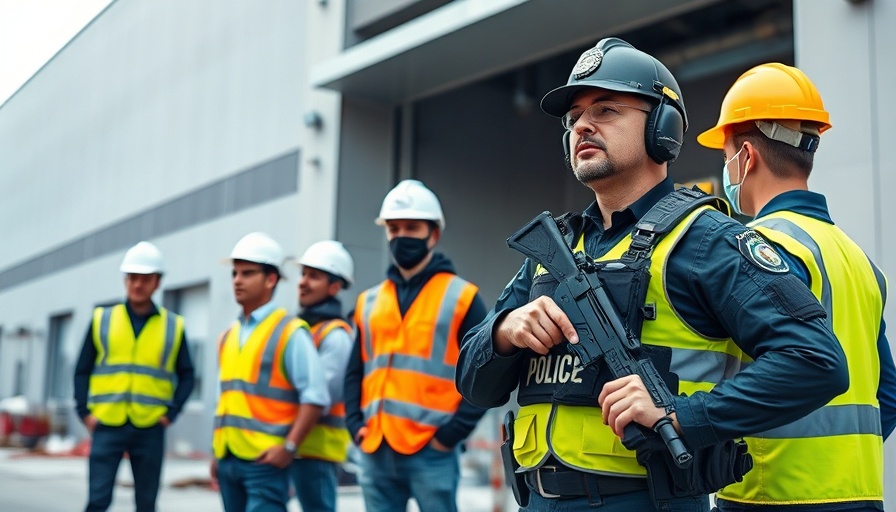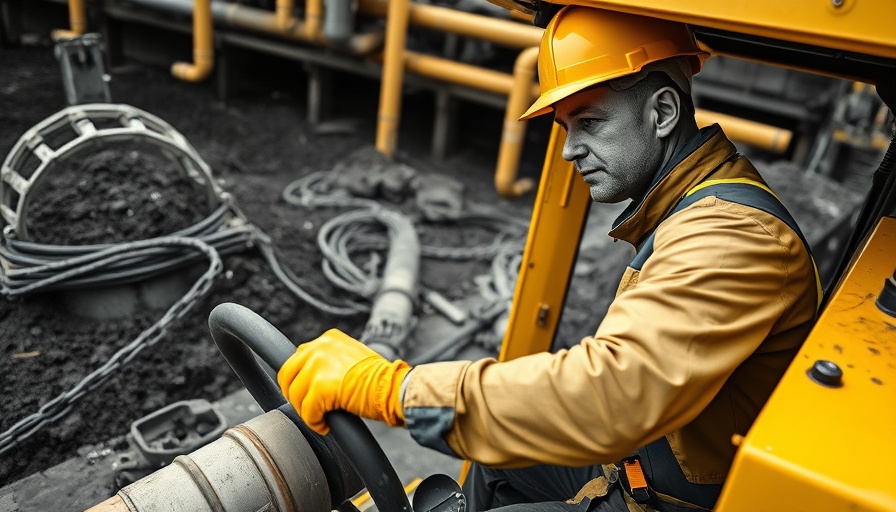
Tackling the Tijuana River's Pollution Problem
The partnership between the US and Mexico has sparked a substantial plan to fast-track the Tijuana River wastewater treatment fix. This initiative is of paramount importance as it addresses one of the most persistent environmental and public health challenges in the region.
Why This Fix Matters: Environmental and Economic Impact
Building effective wastewater treatment facilities at the US-Mexico border is not just about environmental protection. It’s about safeguarding local economies, enhancing public health, and ensuring sustainable developments in both nations. Local businesses and residents, tired of the foul-smelling water pollution affecting the Tijuana River, see this collaborative effort as a beacon of hope.
Cutting-Edge Technology on the Horizon
Recent discussions between officials highlight the deployment of innovative technologies for the new wastewater treatment solutions. Smart technology and automation are set to transform how these facilities operate, potentially improving efficiency and lowering operational costs. This could ultimately establish a new standard for wastewater management, showcasing how sectors can leverage green construction practices to enhance results.
What This Means for Construction Companies
For commercial construction clients, this project offers a goldmine of opportunities. As the focus shifts towards finding effective and sustainable construction solutions, companies involved will be vying to implement cutting-edge techniques. Technologies that promote efficiency and quality outcomes will demand a spotlight, paving the way for networks of collaboration between construction firms and environmental experts.
Looking Ahead: Future Implications
If successful, how might this initiative reshape future projects in other environmental hotspots? As stakeholders witness tangible results, we could see a ripple effect inspiring other border states and municipalities facing similar challenges to unite. Getting involved in such projects can also provide public relations boosts for construction firms, enhancing their reputational capital.
Final Insights for Stakeholders
As the Tijuana River project gears up, stakeholders across sectors must collaborate, prioritize resource-sharing, and keep sustainability at the forefront. In doing so, they will not only meet community needs but also set the stage for future developments that are efficient, cost-effective, and environmentally friendly. Let's ensure that we don’t just talk about sustainability, but actively choose paths that embody this ethos in every beam laid and wall erected.
 Add Row
Add Row  Add
Add 




Write A Comment